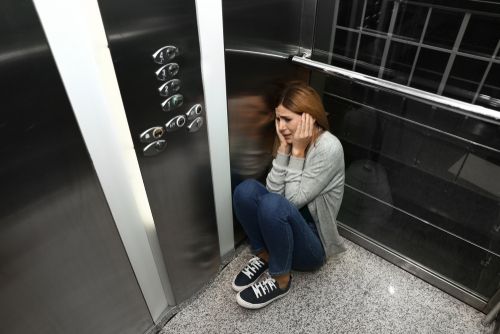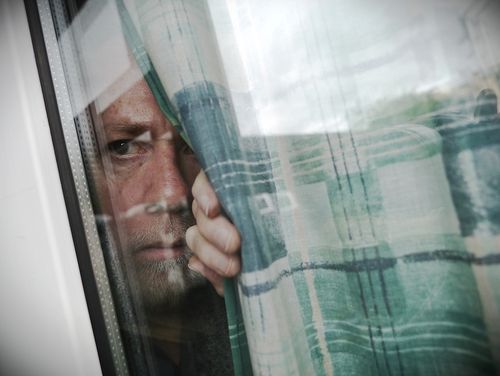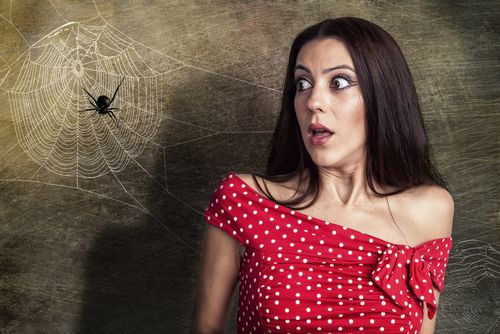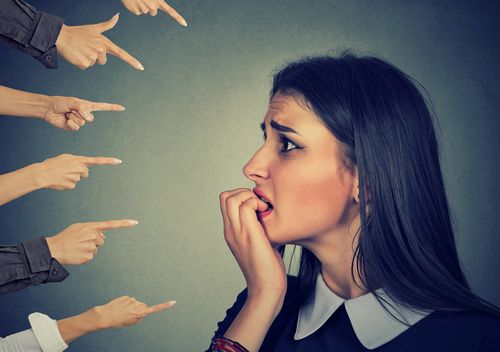Learning About the Most Common Phobias in the World
The most common form of mental illness is a phobia. And no, it doesn’t mean that if you jump when you see a cockroach and then return to your normal self, you have a phobia for cockroaches. Having a phobia greatly impacts your ability to function properly in daily life. There’s anxiety, panic attacks - and that’s just the tip of the iceberg. Whilst being scared and having a phobia both have the emotion of being frightened involved, a person with a phobia adapts unnecessary means to avoid a specific situation.
Now that we know the difference between a phobia and an everyday scare, let us discuss the most common phobias that people have today.
Claustrophobia
This is the phobia of confined, small spaces. The individual suffering from it feels trapped and gets anxious when put in such a situation. Individuals may also get a panic attack or start to scream till they lose consciousness, it an attempt to get out of the room, elevator or closed space. Studies suggest that this phobia is quite common and that around 10% of the population is claustrophobic. Meditation and therapeutic treatment can help lessen the symptoms and cure the problem.

Mysophobia
This phobia goes by many different names such as verminophobia, germophobia, and bacteriophobia. It is the fear of germs. Most commonly associated with OCD, (Obsessive Compulsive Disorder), a person with mysophobia can have the following symptoms; not sharing personal items, repeatedly washing hands and bathing, fearing contamination from other people, not shaking hands, avoiding crowds and animals, panicking around a sick person and spending excessive time cleaning and arranging. When a person with this phobia comes in contact with dirt or any form of perceived germs, he/she starts to have shortness of breath and panics.

Agoraphobia
In this anxiety disorder, the individuals suffers from symptoms of anxiety when in situations they feel they cannot ‘escape from’. This could be in a room, outside alone, around crowds or anywhere the person isn’t comfortable. The aftermath of the anxiety attack can last for months and can completely hinder the person’s ability to enjoy life. People with agoraphobia can get chest pains as well.

Trypanophobia
A fear mostly seen in children, but a phobia present mostly in adults – Trypanophobia is the phobia of needles and medical procedures. Around 20% of the population has this phobia. When the individual is required to undergo a medical procedure, his/her blood pressure can get elevated, heartbeat can rise and can lead to the person losing consciousness. The dangerous part of this phobia is that people with it might completely avoid going to a doctor or dentist to get themselves treated.

Acrophobia
This is the fear of heights. Individuals suffering from it refuse to climb mountains, staircases, get into elevators which can take them above ground level, because they panic. This panic can lead to difficulty breathing and can even cause the person to faint. Even the thought of driving on bridges and taking amusement park rides can make them dizzy. Symptoms of arachnophobia include shaking, excessive sweating, nausea, crying and yelling when in a situation. Experts say that this fear can be caused by one’s cultural background.

Arachnophobia
This is the fear of spiders and other creepy crawling entities with multiple legs such as scorpions. Whilst most of us know that spiders can be dangerous and we would avoid contact with them or get disgusted by the thought but people suffering from arachnophobia can shriek in terror and even suffer from seizures when in contact with spiders.

Social Phobia
The most common in the list and also known as social anxiety disorder, is the fear of being judged, evaluated, hated or rejected socially. Individuals who suffer from social phobias restrict themselves inside the house and try to avoid any type of interaction. They overthink the tiniest details and experience anxiety and stress when they’re forcefully put in a situation where they can get ‘noticed’ by people. This is not something that they can control and unless they seek help, the phobia can worsen and impact their day to day life.

Hakeem Fact: Social phobias usually begin from teenage time and research suggests that 80% of those affected have had a shy childhood.
Whilst these might be the common phobias, unusual phobias such as turophobia (the fear of cheese), xanthophia (the color of yellow) and somniphobia (the fear of falling asleep) exist too!
Let us Take Care of Your Health.
Get FREE health tips, medical advice, lifestyle hacks and the latest news delivered straight to your inbox!